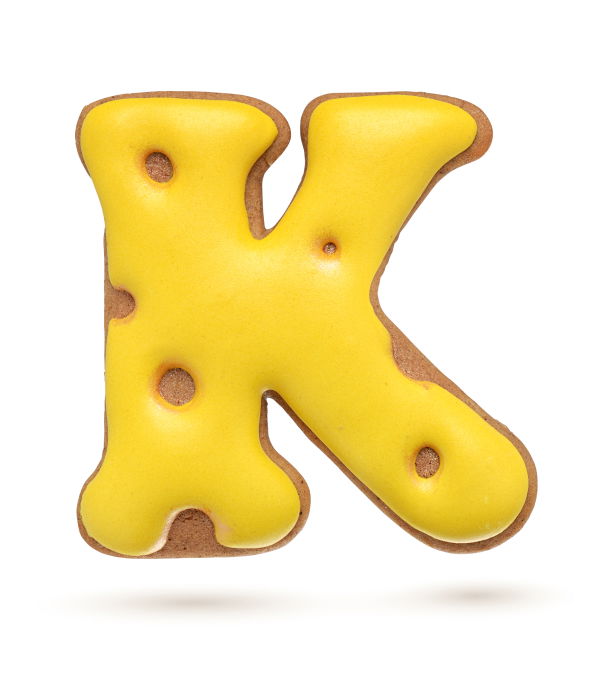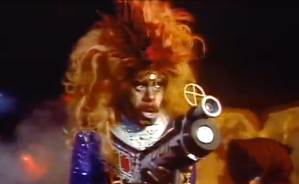Make Funny Jokes Funnier Series

K-Words Make Better Joke Punchlines – Tip 3 discusses how to improve punchlines with hard consonant sounding words in the Reveal of the joke punchlines to increase laughter.
Table of Contents
K-Words are Funnier Joke Punchlines
To improve a joke punchlines, the hard consonant sounds, particularly Velar Consonants, especially “K” sounds which include hard “C” and “Qu” and, to a lesser extent, “T”, “P”, hard “G”, “D” and “B,” make words and phrases sound funnier. Using words with these hard consonants instead of synonyms with softer sounds really helps to improve joke punchlines by giving it more verbal power.
Yes, I’m perfectly aware this seems a little silly, but it happens to be true. Most comedians and comedy writers who have been in the business long enough will tell you K-words will improve joke punchlines.
No one really knows why this is so as there’s no research done on this linguistic phenomenon, yet through experimenting with harsher sounding words, anecdotal word of mouth has formed this into a writing technique.
“Words with a “K” in them are funny” – Neil Simon. I teach and apply this technique in all my stand-up comedy and joke writing classes and it’s proven true time after time in the performance of the joke punchlines.
For instance, in this version of a joke by Margaret Smith I’ve replaced a couple of hard consonant words with softer ones:
“I hate singles bars. Guys come up to me and say, ‘Hey, sweetie, can I buy you a drink?’ I say, ‘No, but I’ll take the three dollars.’”
Now check out the original version using K-words to improve the punchline with the hard consonant words that Margaret chose. Read it out loud so you can really hear the difference.
“I hate singles bars. Guys come up to me and say, ‘Hey, cupcake, can I buy you a drink?’ I say, ‘No, but I’ll take the three bucks.’”
This version of the joke sounds funnier. The K-words “cupcake” and “bucks” just have more punchy than “sweetie” and “dollars.”
Constantly Search for K-Words
To improve joke punchlines only takes practice. When you’re writing or rewriting jokes, go through every word and challenge yourself to find as many K-words and substitute them for softer sounding words. Especially if they are the last word of phrase in the Reveal of your punchlines.
When your Reveal ends with the word, “boat,” either make a list in your head or use a Thesaurus to find K-words instead. Like, “canoe,” or “kayak,” that has two k-sounds.
Here are a few more examples of nouns: change “restroom” to “crapper” or “prostitute” to “hooker” or “chair” to “Barcalounger.” The best term may not be in the Thesaurus, but in a commercial name of a product.
Verbs can also be used: change “ran” to “hiked” or “failed” to “tanked” or “murdered” to “whacked,” and so forth.
Search for alternative names: change “Leavenworth” to “Attica” or “Bob” to “Deke” or “meth” to “crack.” The list is only limited to your time and imagination.
When this becomes a mental game you play all day long, you’ll soon develop your own list of terms you’ll automatically substitute in your everyday speaking and improve punchlines. As you develop this into an unconscious habit it’ll make you a funnier person in social situations.
In this article, Tip 3 – K-Words Make Better Joke Punchlines, you’ve learned that replacing softer sounding words with K-works make punchlines get bigger laughs. Also, if you practice using K-words, you’ll become a funnier person in real life.
Previously in this series of joke writing articles, you learned Short Setups and Punchlines are Best – Tip 1, And End Punchlines with the Reveal is Better Tip 2, where you learned to identify the “Reveal” of the punchline and place it at the end of the joke, so you don’t diminish the laughs by talking over them.
In the next article, Localize Stand-Up Comedy Routines – Tip 4, I’ll show you how to localize your comedy routines to get bigger laughs.
Greg Dean’s Stand-Up Comedy Classes
Greg teaches his techniques in two classes. Level 1 – How to Build a Stand Up Comedy Routine is the beginning class (also called the “101 class”) that teaches you everything you need to know to build and perform a stand-up comedy routine. Level 2: Writing & Performing at the Improv (also known as the “201 class”) guilds you through the process of building a routine and preparing to perform at one of the world’s most prestigious comedy clubs.
Even though these classes are named a beginning and advanced, they are actually classes that stand up comedians of any number of years of experience can take. They are beginning and advanced in the Greg Dean Stand-Up Comedy Method. If you’re interested in faster and better ways to create good jokes and you want to dive deeper on joke writing then you’ll want to take both of these classes.
Free On Demand Webinar: How to Build a Stand-Up Comedy Routine

Are you ready to fast-track your stand-up comedy career? In this on-demand webinar, discover proven techniques and joke writing skills that can shave years off your journey to success! Learn how the pros build a compelling and hilarious stand-up routine with expert guidance. Don’t miss out on this chance to see how you can achieve your dreams faster.










